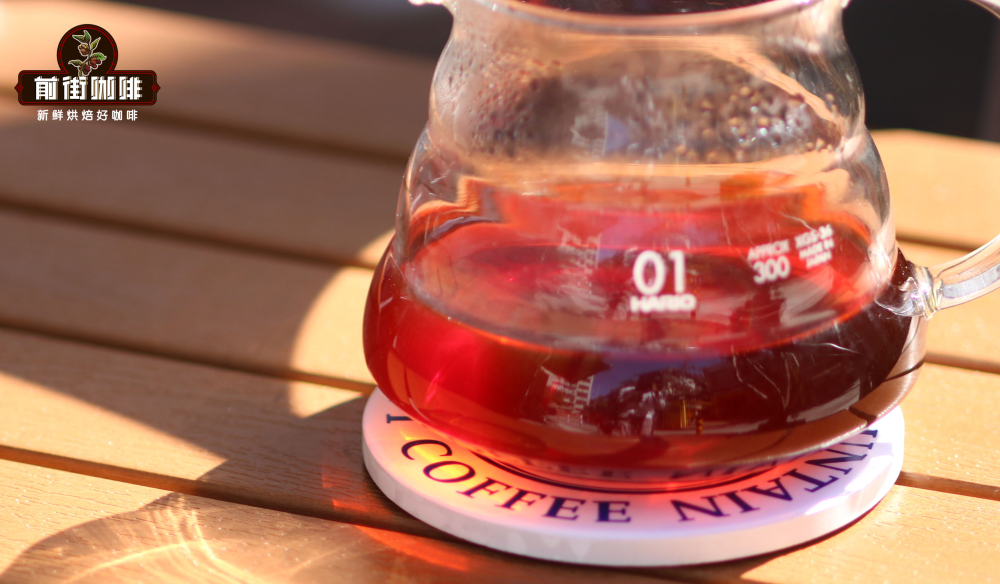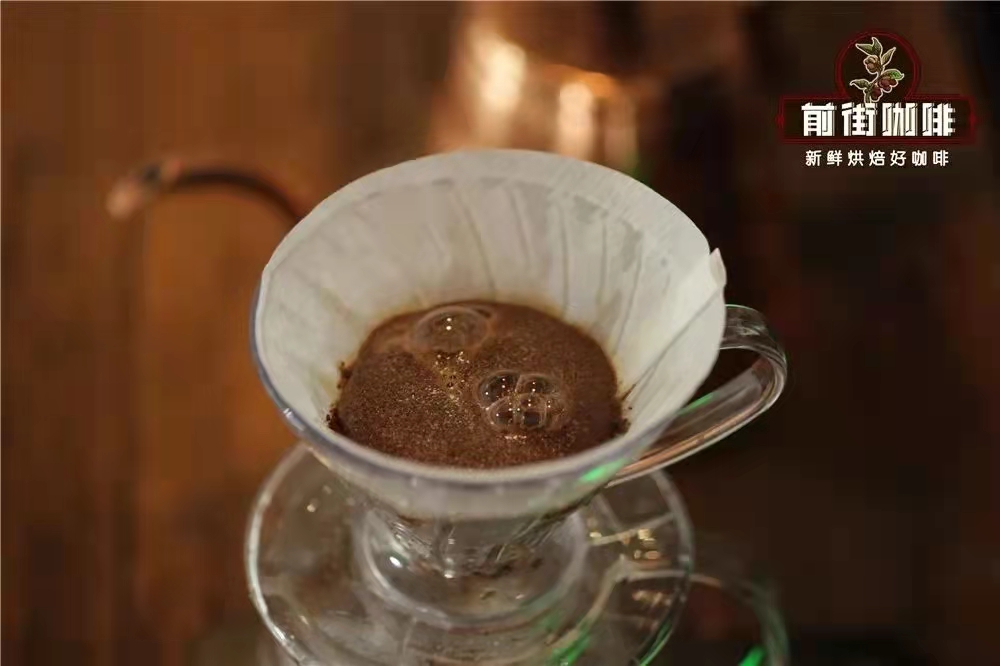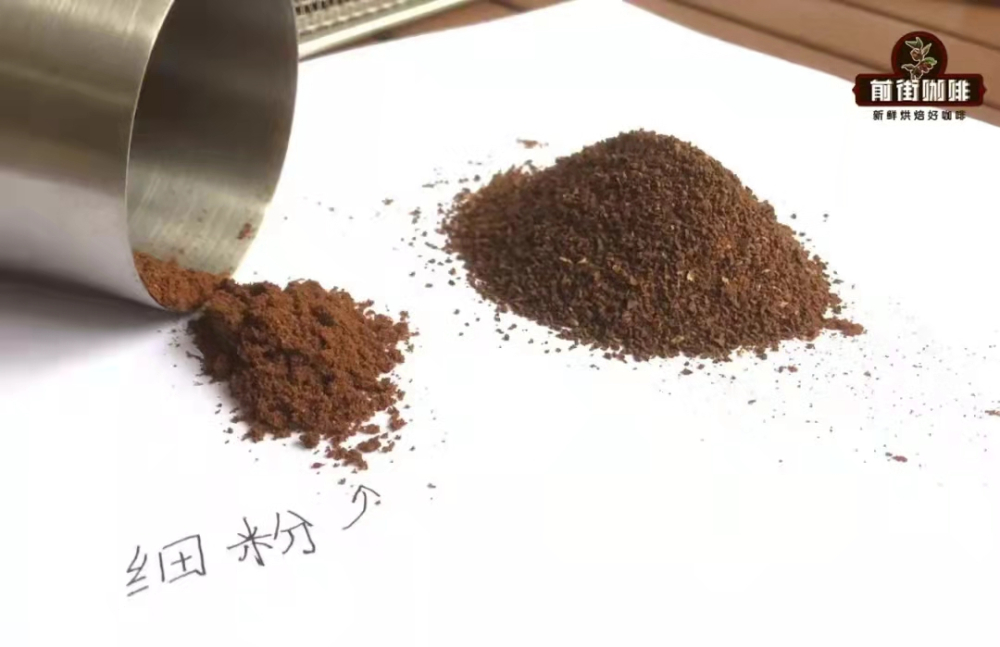What does the cleanliness of coffee mean? Clean and bright hand-washed coffee beans are recommended.
A few days ago, the street talked about the flavor and body of a cup of coffee. The flavor can attract your attention the most, while body reflects the taste of the coffee. The combination of the two gives you a three-dimensional sense of smell, taste and touch. Today, Qianjie is about cleanliness, which is also very important for coffee.

Cleanliness is drunk rather than seen, usually we think that cleanliness is related to permeability, for example, a glass of liquid, if it is clear and transparent, we think it is clean; if it is muddy and low visibility, it will be considered unclean. The same is true for coffee, but not through the eyes, but through the tongue.

A cup of coffee with high cleanliness, from the first sip to the aftertaste, has no uncomfortable miscellaneous taste and taste. The flavor is clear and discernible when you drink it. Generally speaking, the public has a big preference for flavor, such as flowers, fruits and sugars, while tastes such as dirt, wood, rubber and medicine do not want to appear in coffee. The quality of coffee beans has a great impact on cleanliness. Coffee beans began to pay attention to quality after the beginning of the concept of boutique coffee, such as the so-called single coffee, while for the miscellaneous flavor that has the greatest impact on the cleanliness of coffee beans, there are some problems that can not be improved by adjusting brewing parameters, such as coffee contains white beans, a large number of defective beans, dyeing in the treatment process and improper baking. Baimu beans are immature coffee beans, and now some coffee beans with good quality are treated with full red fruit. However, like some mechanized harvesting areas in Brazil, there are generally more white beans in probability and quantity (raw bean level). These beans are difficult to recognize when they are raw, and they appear lighter (uncolored) after baking. These beans will make the coffee astringent and destroy the cleanliness of the coffee.
Other defective beans, such as obvious worm-eaten beans, shell beans and roasted defective beans, will make the coffee bitter and astringent, affecting the cleanliness of the coffee. So is there any way to avoid the bitterness caused by cooking? The problem of affecting cleanliness caused by bitter and astringent flavor in cooking is mostly caused by (partly) excessive extraction. When making coffee. Here are some suggestions from Qianjie. Take a look at the roasting date before brewing, the coffee beans are not as fresh as possible. Within a week after fresh roasting, the dryness of the coffee is more obvious, which will make people feel uncomfortable in the throat, thus affecting the whole coffee experience. Generally speaking, the cultivation period of coffee is about 4-7 days, after which the dryness of coffee will disappear.

When the coffee is too fresh, observe the following coffee beans to be brewed before brewing, and pick out defective beans (or coffee beans that you intuitively think are bad). Although coffee beans go through layers of screening in the production process, there is no guarantee that there are no fish out of the net. there are also some beans that are squeezed and broken at the end of the transportation process, which need to be removed before brewing. The poor quality of the bean grinder leads to too much fine powder, which is also the reason for affecting cleanliness. The simple way is to sift it out with a powder sieve, but you can add some more fine powder if you want to taste richer. To be clear, lead to bitter mixed taste of "too much fine powder" rather than "fine powder".

When brewing, the technique is gentle, do not "stir" too much, can also improve the cleanliness of the coffee. Another is to remove the end of the 10-20ml coffee liquid, usually eliminate the previous problems, the rest of the bitter taste is concentrated in the back, then only need to cut off the coffee liquid in the back, can solve this problem.

Important Notice :
前街咖啡 FrontStreet Coffee has moved to new addredd:
FrontStreet Coffee Address: 315,Donghua East Road,GuangZhou
Tel:020 38364473
- Prev

How can hand-brewed coffee improve the thickness of the taste? What does coffee body mean?
Nowadays, flavor is a very important criterion for drinking a good cup of coffee. When choosing their favorite coffee, friends will also pay attention to the flavor description on the label. Qianjie said, "A good cup of coffee flavor is important, but we can't ignore Body!" Body? Maybe your first contact with Coffee Bo
- Next

The origin of Kenyan coffee beans the characteristics of coffee beans graded the taste of Kenyan coffee
The source of Kenyan coffee when it comes to the African coffee industry, what we have to say is Kenya, which is adjacent to Ethiopia, the country of origin of coffee. Although bordering Ethiopia, the introduction of Arabica coffee trees from Yemen in the 19th century did not bring much revenue to the local coffee industry until missionary in 1893.
Related
- Beginners will see the "Coffee pull flower" guide!
- What is the difference between ice blog purified milk and ordinary milk coffee?
- Why is the Philippines the largest producer of crops in Liberia?
- For coffee extraction, should the fine powder be retained?
- How does extracted espresso fill pressed powder? How much strength does it take to press the powder?
- How to make jasmine cold extract coffee? Is the jasmine + latte good?
- Will this little toy really make the coffee taste better? How does Lily Drip affect coffee extraction?
- Will the action of slapping the filter cup also affect coffee extraction?
- What's the difference between powder-to-water ratio and powder-to-liquid ratio?
- What is the Ethiopian local species? What does it have to do with Heirloom native species?

